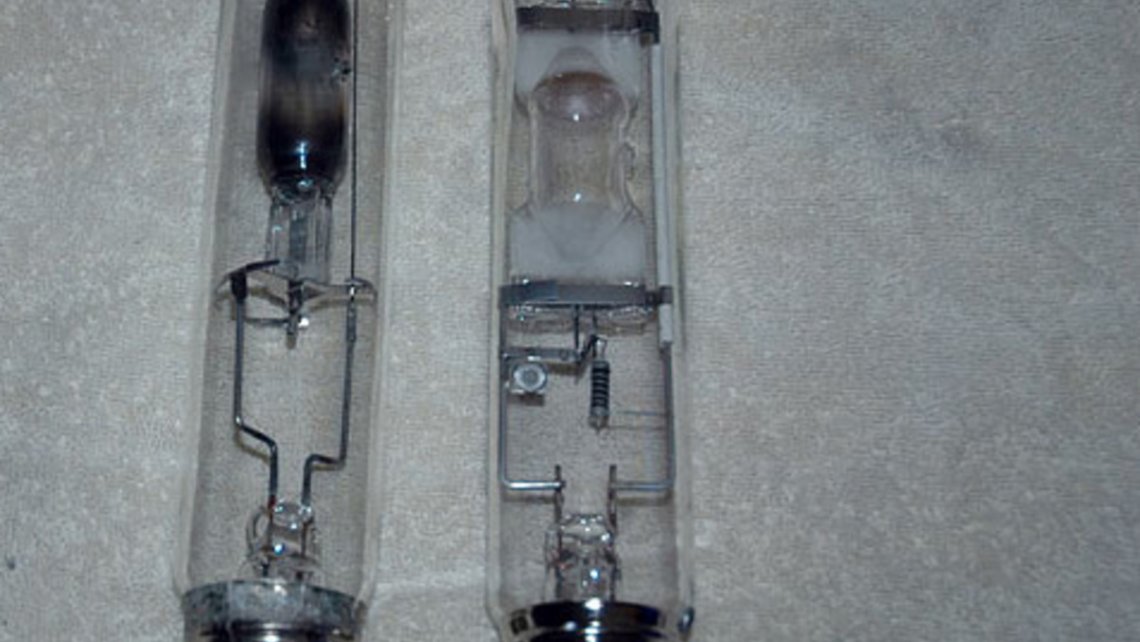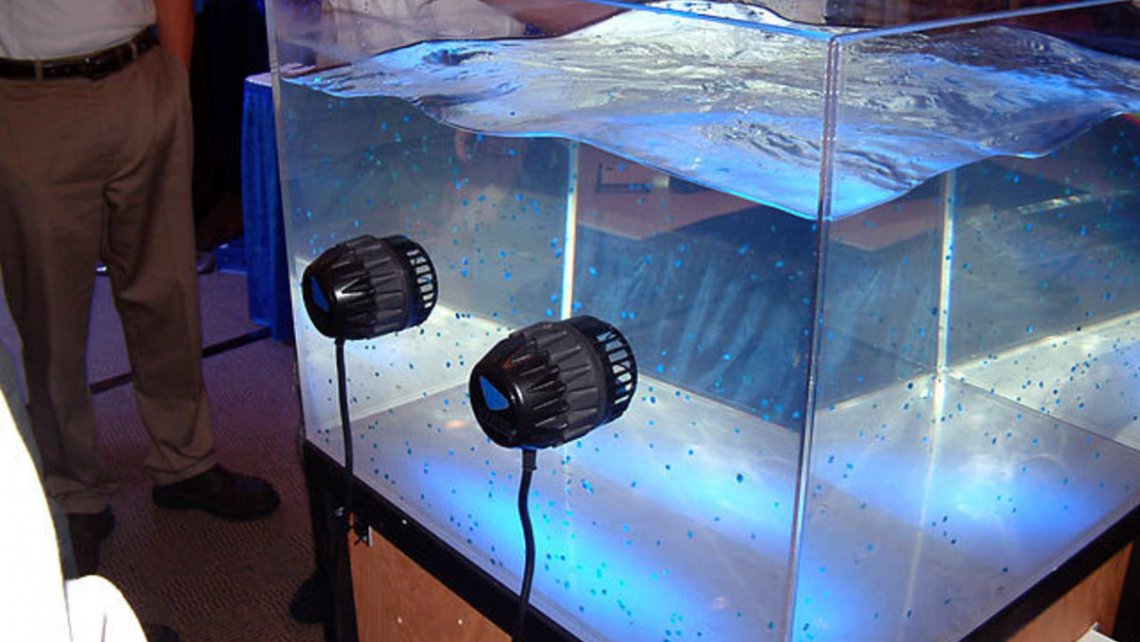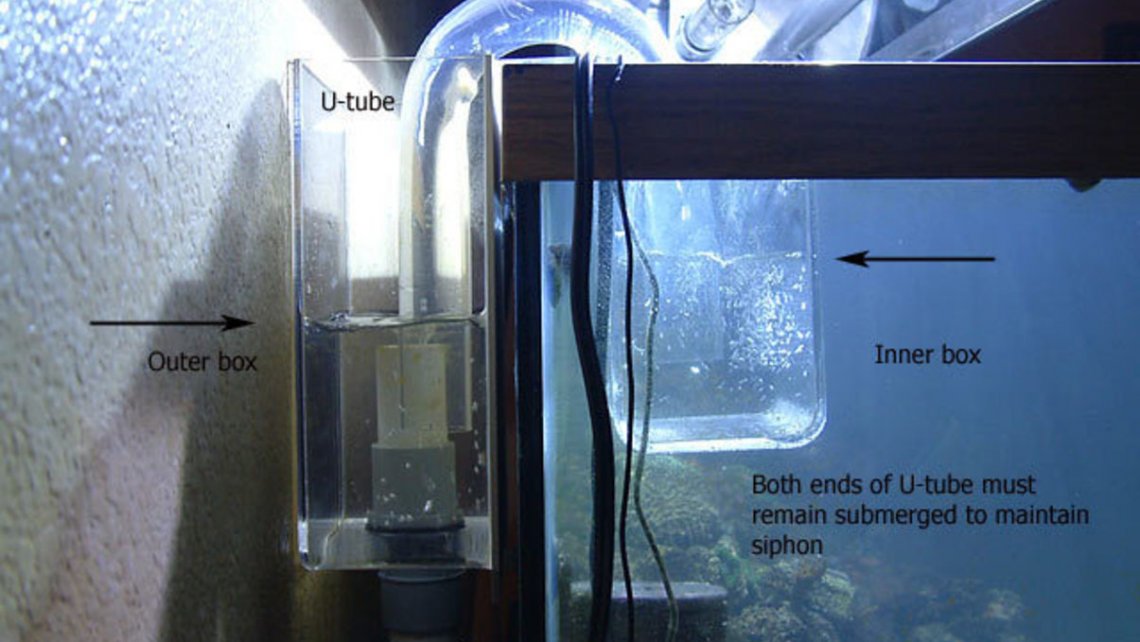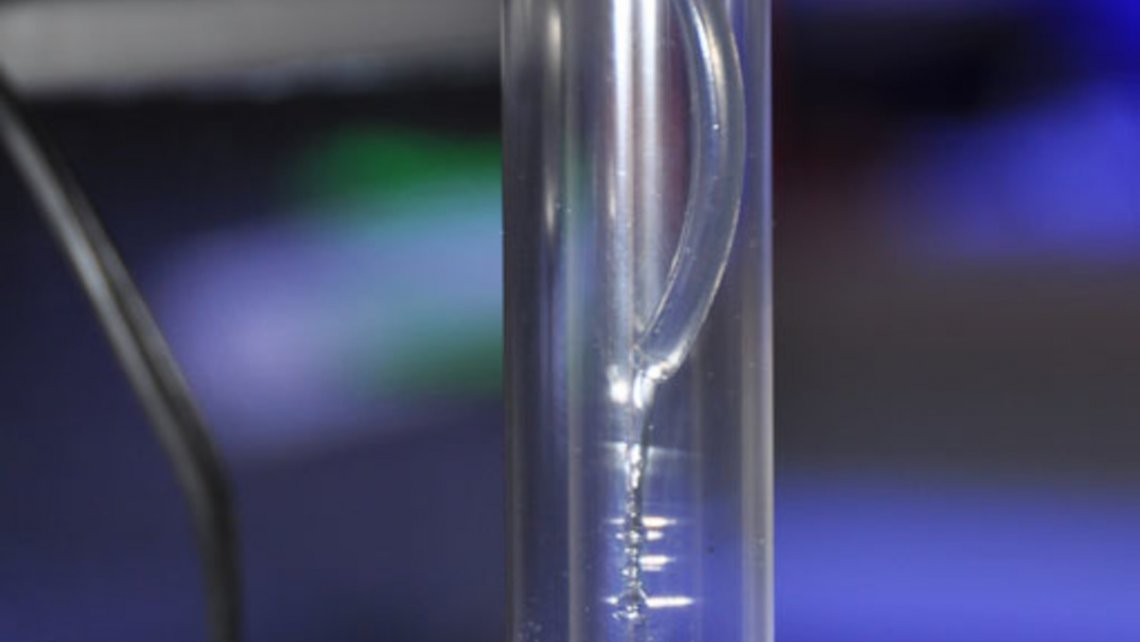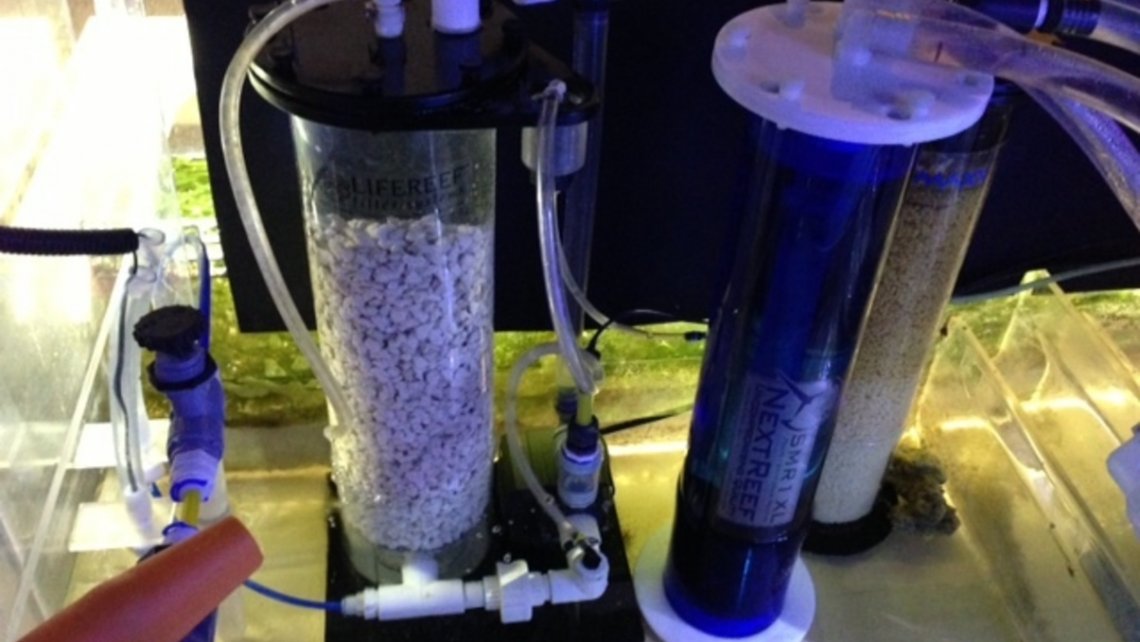How to Test for Stray Electricity
Stray electricity in the aquarium is unsafe for you as well as your livestock. Usually the only time it is noticed is when a person reaches in the tank with a nick on their finger, quickly feeling a tingle or even a jolt. After that unpleasantness has passed, it's time to determine what is causing it.
There are worse scenarios, such as that acrid smell, sparks, or even fire. Let's assume that is not the case, because if it is you should be calling 911 rather than perusing my website.


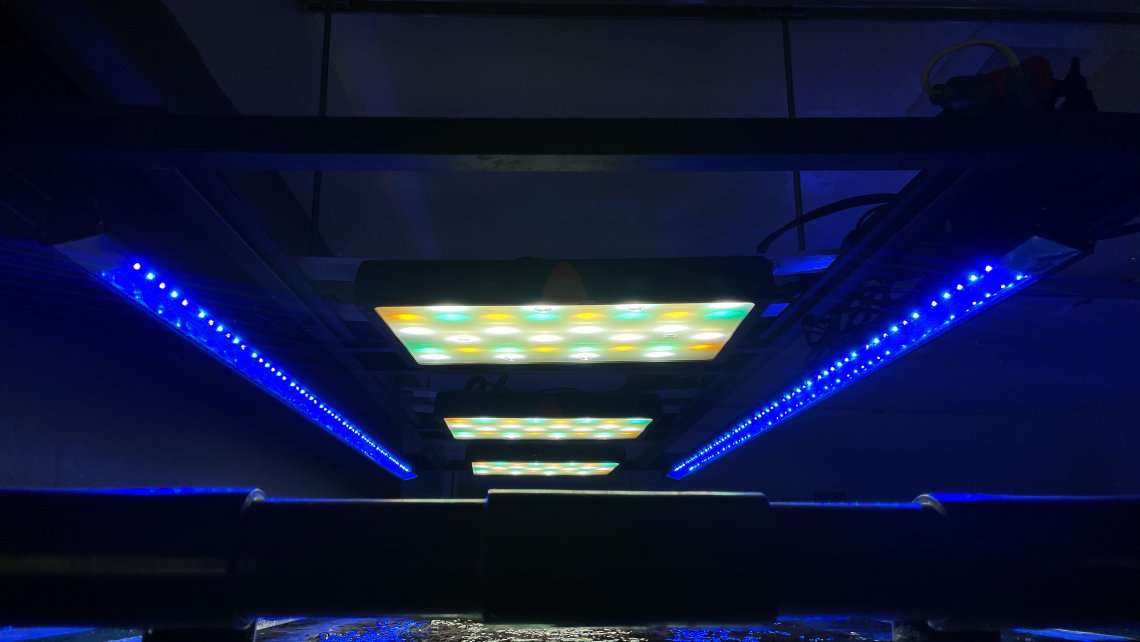
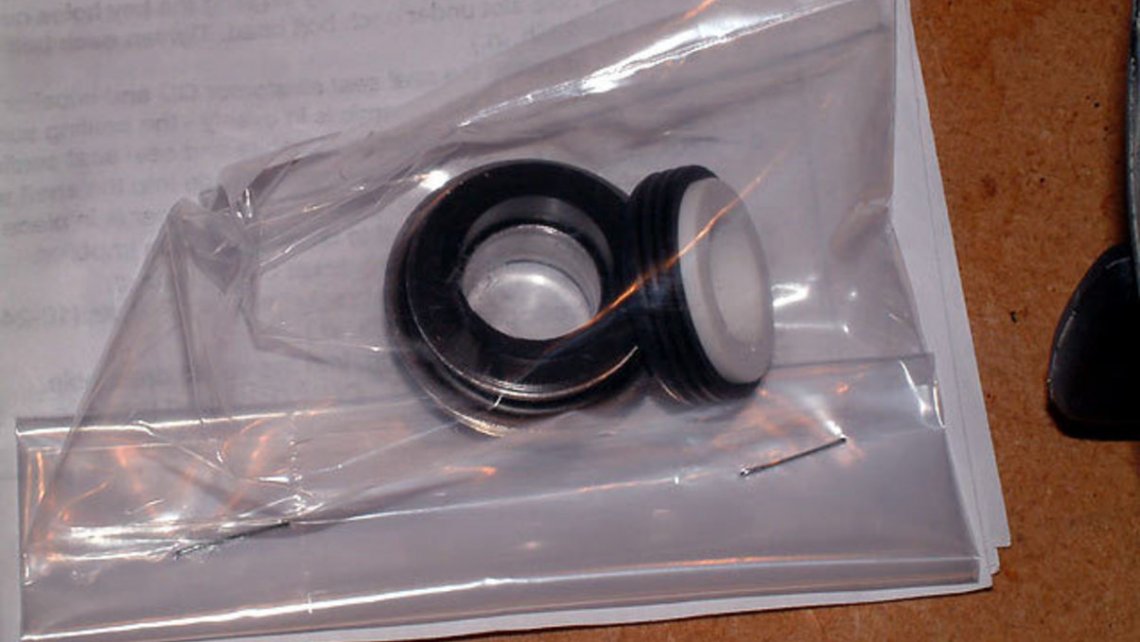
![sensor_underwater[1]-iloveimg-resized](/sites/default/files/styles/blog_1140x642_/public/2020-06/sensor_underwater1-iloveimg-resized.jpg?itok=2fEVw2uU)
